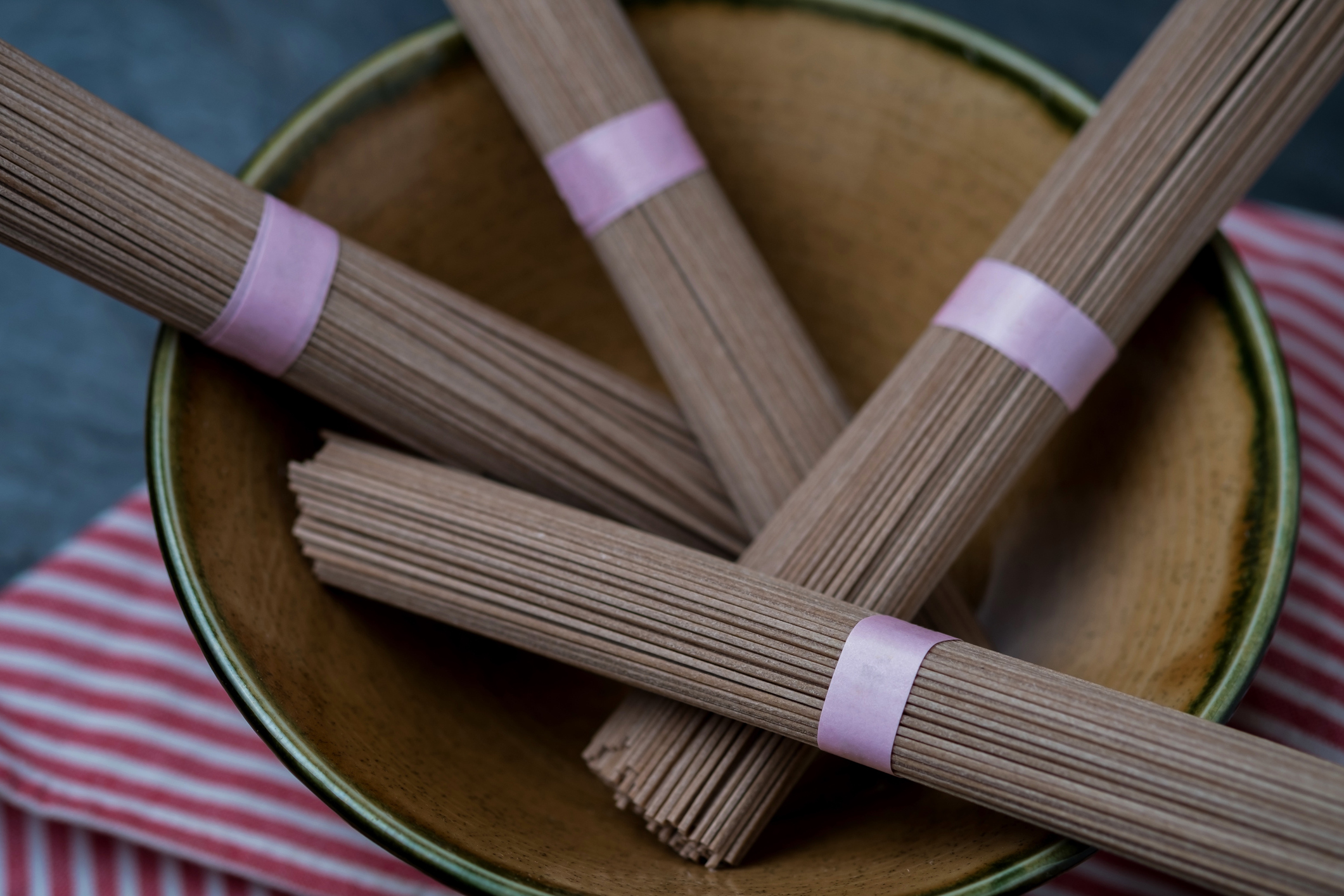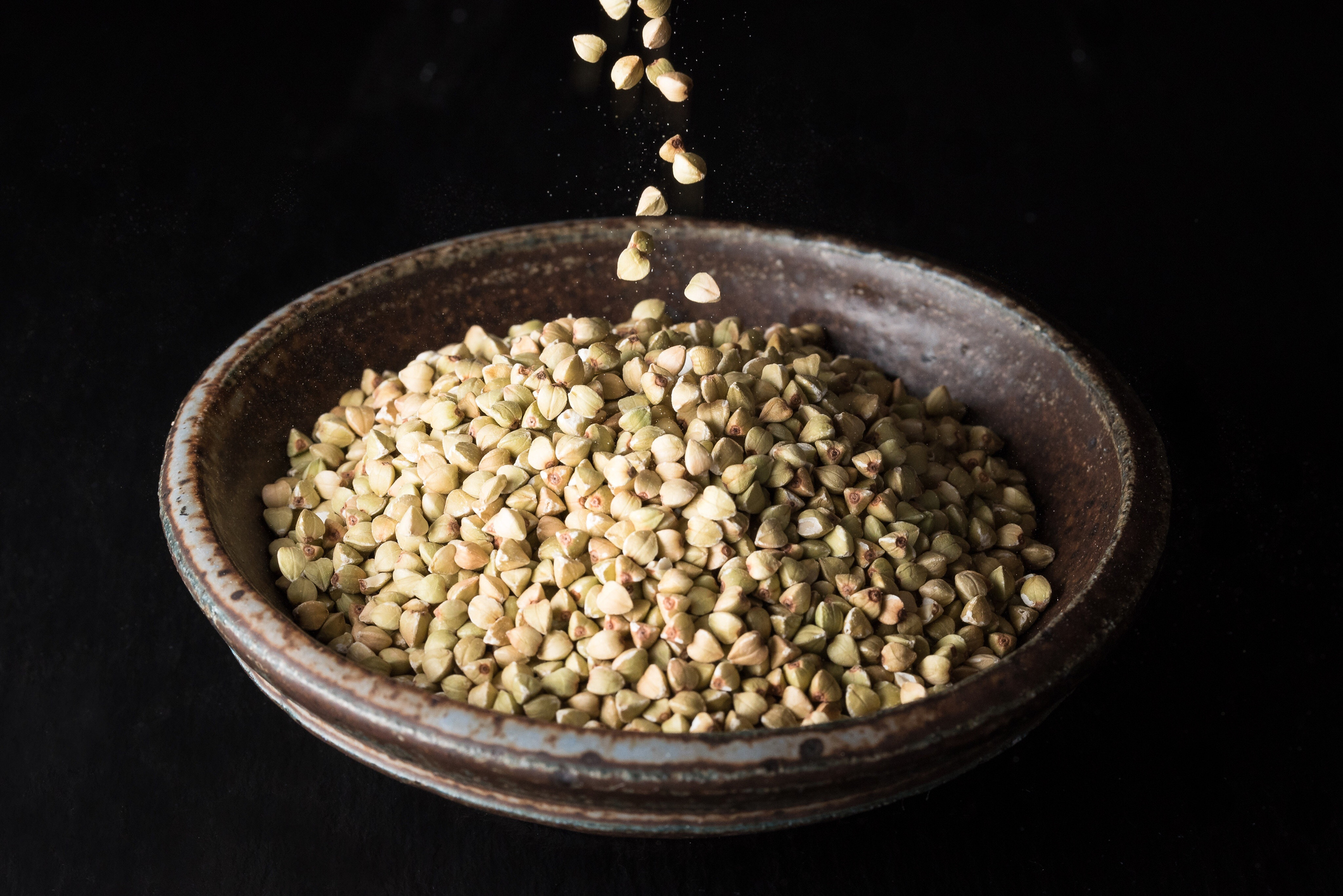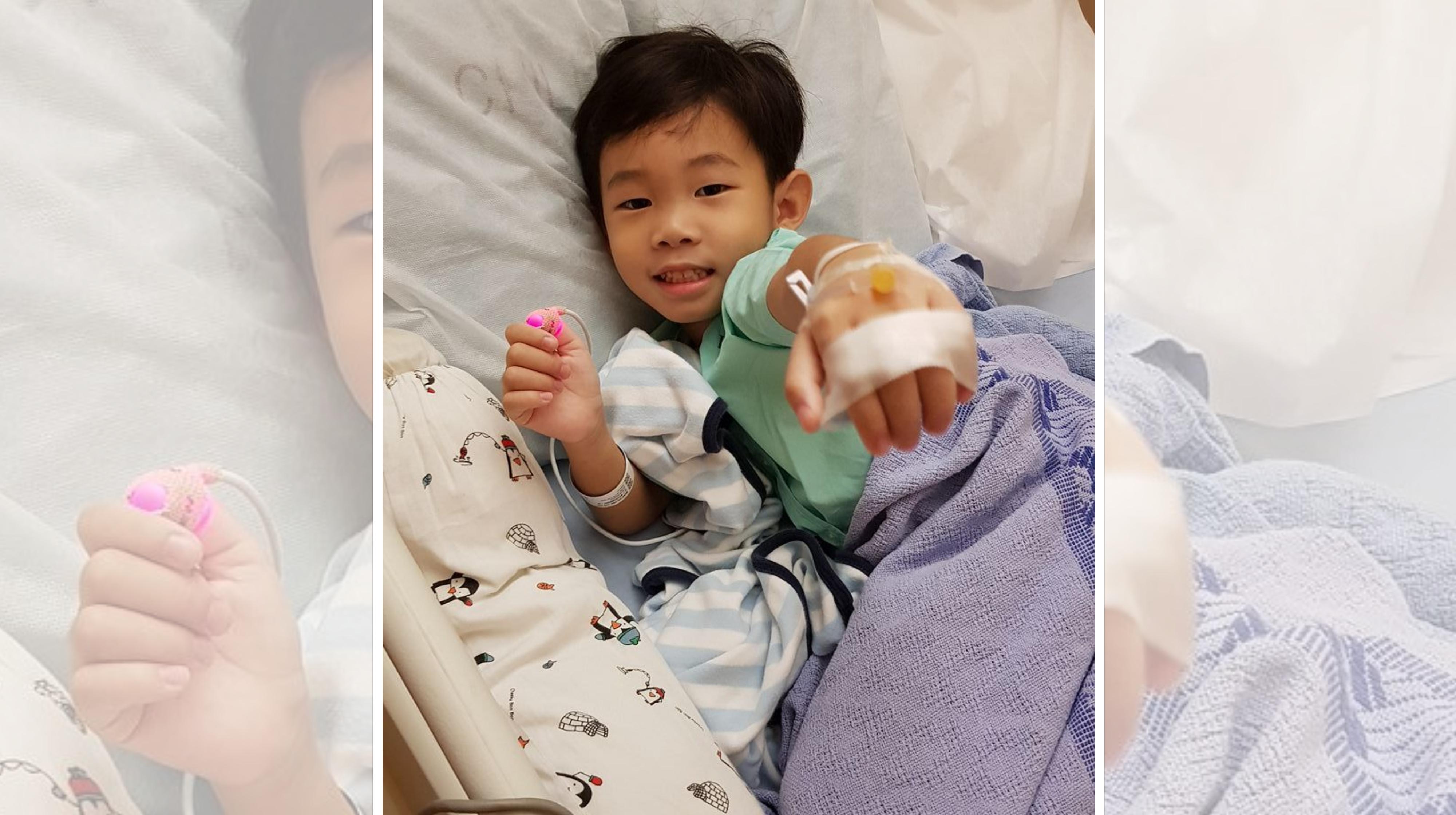Allergies are annoying, and very dangerous.
Not only is there no comprehensive way to find out if you have any (there are no catch-all allergy tests at the moment), they can also surface at any point of our lives.
Add that to the fact that there is also no way of knowing how strongly you might react to the thing you are allergic to each time you happen to consume it, knowingly or not, because that differs too, even when the sample is the same on two different occasions.
And indeed, Steve Ong learned this when his four-year-old son Braxton suffered an anaphylactic shock right after he had a meal of soba noodles and oranges on Friday (Oct. 6) night.
In case you are new to this term (first introduced when three-year-old Marcus Daley experienced one after inhaling dust from peanut packets being opened around him in an SIA flight cabin), anaphylactic shock is a severe allergic reaction that can result in death. It often involves swelling in the face, and constriction of the airways, which if left untreated can cut off a person's air supply and cause death within minutes.
In Braxton's case, his lips and eyes turned reddish, his stomach started to bloat and he looked like he was struggling to breathe. His mother, who was with him at United Square when it happened, rushed him to a clinic at the mall, where a doctor used a nebuliser to administer adrenaline and anti-allergy medication to dilate his airways.
Right after that, though, he reportedly also broke out into an itchy rash — another common allergic reaction. He was then checked into KK Women's and Children's Hospital (also nearby, thankfully) for observation, and was discharged on Sunday, according to a report in The Straits Times.
Allergic to buckwheat
 Photo: Getty Images
Photo: Getty Images
This incident, as it turns out, was due to Braxton's hitherto-undiscovered allergy to buckwheat. His parents only knew he had a peanut allergy.
The young boy was already unresponsive by the time the doctor was administering treatment, and the Ongs worried they would lose him.
His father, Steve Ong, took to Facebook to warn other parents to be cautious, especially when their young children are trying certain types of food for the first time:
[related_story]In case you can't see it, here's the text:
I almost lost a son today.
During dinner, Braxton had some soba noodles and oranges. Shortly after, his lips and eyes turned reddish, and tummy began to bloat. My wife thought its due to earlier medication as he was sick for past few days. However things turned complicated. He started to cough (wheezing sound) and developed difficulty breathing. Sensing something not right, my wife quickly rushed him to the clinic located in the mall (luckily its still open) for immediate medical aid. Dr Lai Yirong of Physicians Practice Family Medical Centre at United Sq overheard Brax's unusual coughing sound and dashed out of her room to assess his condition. His airway had swelled and was cutting off his air supply. It was between life and death.
She quickly carried out treatment on Brax but he was totally unresponsive and in the state of sleep. "Keep him awake! Don't let him sleep!" Dr Lai told my wife. The situation was very tense and Dr Lai did all she could to regain his breathing. Finally his condition took a turn after nebuliser was administered. My son was saved and coping well now, currently warded for further observation and allergic test.
To all parents, we witnessed how life threatening an allergic reaction could be. And it could potentially be due to the soba noodle (buckwheat ingredient) where reported cases of anaphylatic shock in Japan and UK took away a few lives. If your kids are trying out soba for the first time, pls pay some attention.
Lastly, our heartfelt gratitude to Dr Lai Yirong. She kept Brax's dreams alive.
A little more about buckwheat
 Photo: Getty Images
Photo: Getty Images
According to this 2011 study published by the U.S. National Library of Medicine, buckwheat has been used in Japanese, Korean, East and West European cooking for centuries.
Buckwheat flour is used to make soba (Japanese noodles), guksu (Korean noodles), memilmuk (Korean jelly), groat porridge (Asia, Eastern Europe), pizzoccheri (Italian pasta), polenta taragna (combined with maize) and several forms of pancake-blinis in Russia, galettes in Brittany and poffertjes in Netherlands. According to the study, buckwheat hulls are also used to fill pillows.
Seen as a good substitute for people who are allergic to gluten, it is now also found in numerous foods including bread, other bakery produce, pasta, pizza, soup and beer.
It would definitely be a better idea for caregivers of children allergic to buckwheat to take the necessary precautions, including carrying around antihistamines or adrenaline shots if required — needless to say, always consult with a paediatrician to ascertain which medication to use.
But above all, if you have a young child or have one under your charge, just be extra-cautious when introducing new food to them for the first time, and watch for symptoms of an allergic reaction. It could be as small as a slight itch or redness, or as severe as anaphylaxis.
Top photo via Steve Ong's Facebook post
If you like what you read, follow us on Facebook, Instagram, Twitter and Telegram to get the latest updates.

